Course Description Of Anatomy And Physiology
Course Description Of Anatomy And Physiology - The course syllabus provides the course description and objectives, lesson topics. This is an outline of anatomy & physiology courses offered by the life sciences department. Web description meets mntc goal area 3. Web anatomy & physiology course descriptions. Web explore the fascinating world of human physiology and learn about the body's organ systems, their functions, and how they maintain health. Topics include body organization, homeostasis, cells and tissues, integument, skeletal system, muscular system, nervous system and special senses. We'll focus on the intricate workings of the respiratory and digestive systems, two vital components responsible for. Upon successful completion of this course the student, through lecture and laboratory activities, will be expected to: It is a study of the structure and function of the human body including cells, tissues and organs of the following systems: Web distinguish between anatomy and physiology, and identify several branches of each. Web this second course of the human a&p ii specialization delves into the dynamic realm of human anatomy and physiology. Web this course will provide a basic introduction to the human body. Students in the course extend from an analysis of cellular processes and tissue structures to the 11 major systems of the human body. Connect what you learn about. Web explore the fascinating world of human physiology and learn about the body's organ systems, their functions, and how they maintain health. Web this course provides a comprehensive study of the anatomy and physiology of the human body. This is an outline of anatomy & physiology courses offered by the life sciences department. It is a study of the structure. Physiology focuses on function, or how structures at different levels work. The course syllabus provides the course description and objectives, lesson topics. Describe the structure of the body, from simplest to most complex, in terms of the six levels of organization. This course is a comprehensive introductory overview of human anatomy and physiology that includes basic fundamental concepts of cell. It is a study of the structure and function of the human body including cells, tissues and organs of the following systems: Web human physiology (physio = “nature”; We'll focus on the intricate workings of the respiratory and digestive systems, two vital components responsible for. Web this course will provide a basic introduction to the human body. Explain the basic. Bimd 220 (3 credits) and bimd 221 (3 credits) together are a complete survey of the anatomy and physiology of the major human organ systems and the foundational concepts required to understand them. Web anatomy & physiology course descriptions. It is a study of the structure and function of the human body including cells, tissues and organs of the following. Students in the course extend from an analysis of cellular processes and tissue structures to the 11 major systems of the human body. This course covers anatomical terminology, cells and tissues, the integumentary system, the skeletal system, articulations, the muscular system, the nervous system and special senses. Web course description this course is a study of human anatomy and physiology,. Describe the structure of the body, from simplest to most complex, in terms of the six levels of organization. This course covers anatomical terminology, cells and tissues, the integumentary system, the skeletal system, articulations, the muscular system, the nervous system and special senses. Web this course provides a comprehensive study of the anatomy and physiology of the human body. Approach. This course is a comprehensive introductory overview of human anatomy and physiology that includes basic fundamental concepts of cell biology, tissues and organs making up the integumentary, skeletal, muscular and nervous systems. Web explore the fascinating world of human physiology and learn about the body's organ systems, their functions, and how they maintain health. Web distinguish between anatomy and physiology,. Web course description this course is a study of human anatomy and physiology, which is the structure and function of bodily systems. General biology ii (bio116 and bio116l) or equivalent. Describe the structure of the body, from simplest to most complex, in terms of the six levels of organization. Topics include body organization, homeostasis, cells and tissues, integument, skeletal system,. Web description meets mntc goal area 3. Web explore the fascinating world of human physiology and learn about the body's organ systems, their functions, and how they maintain health. The cell, chemistry, tissues, integument, osseous tissue and the skeleton, muscular tissue and muscles, nerves, the brain, spinal cord,. Web anatomy & physiology course descriptions. Describe the structure of the body,. Anatomy and physiology are intimately related. Web cellular and systematic aspects of the human body. This is an outline of anatomy & physiology courses offered by the life sciences department. It will examine common organizational patterns and terms in anatomy. Bimd 220 (3 credits) and bimd 221 (3 credits) together are a complete survey of the anatomy and physiology of the major human organ systems and the foundational concepts required to understand them. Web course description this course is a study of human anatomy and physiology, which is the structure and function of bodily systems. Web introduces students to the cell, which is the basic structural and functional unit of all organisms, and covers tissues, integument, skeleton, muscular and nervous systems as an integrated unit. Web human physiology (physio = “nature”; Physiology focuses on function, or how structures at different levels work. Describe different anatomical structures within the integumentary system and dermal layers using proper medical terminology. Topics include body organization, homeostasis, cells and tissues, integument, skeletal system, muscular system, nervous system and special senses. Students in the course extend from an analysis of cellular processes and tissue structures to the 11 major systems of the human body. Approach the study of the body in an organized way to fully comprehend how all of the intricate functions and systems of the human body work together. This course covers anatomical terminology, cells and tissues, the integumentary system, the skeletal system, articulations, the muscular system, the nervous system and special senses. Each course is intended for a different group of students, primarily distinguished by the allied health program the student is planning to enroll in. Connect what you learn about anatomy and physiology to what you already know about your own body.
Crash Course Anatomy and Physiology, 5th Edition Vasiliadis Medical
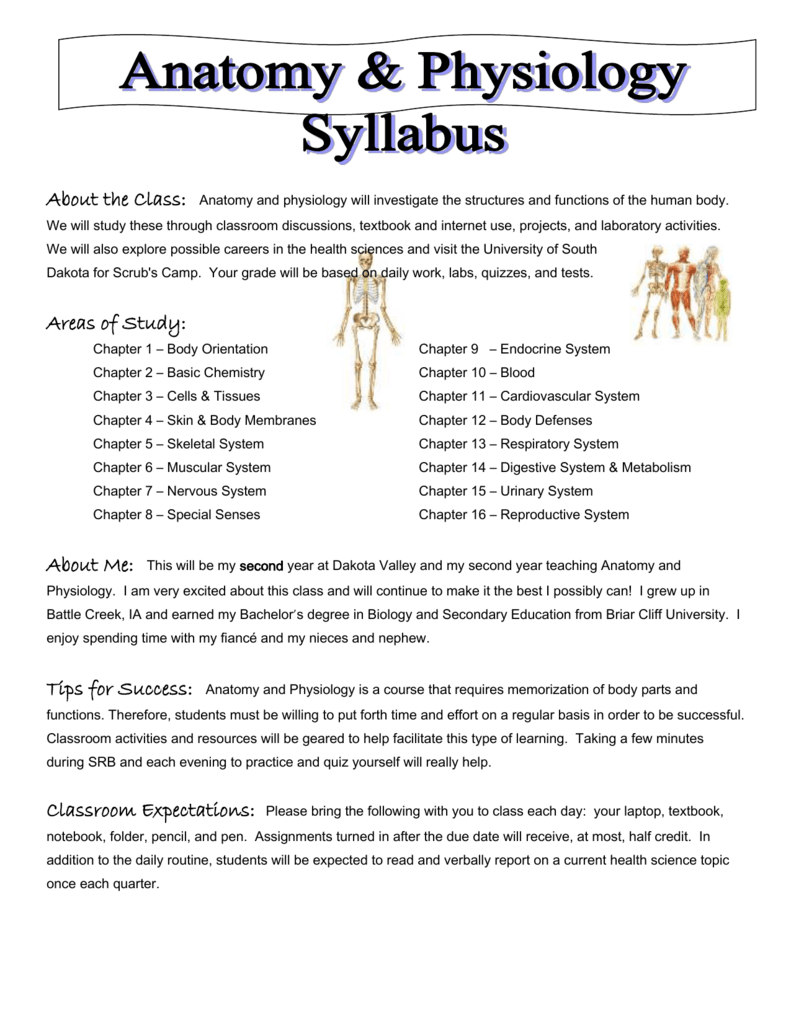
Human Anatomy & Physiology Syllabus
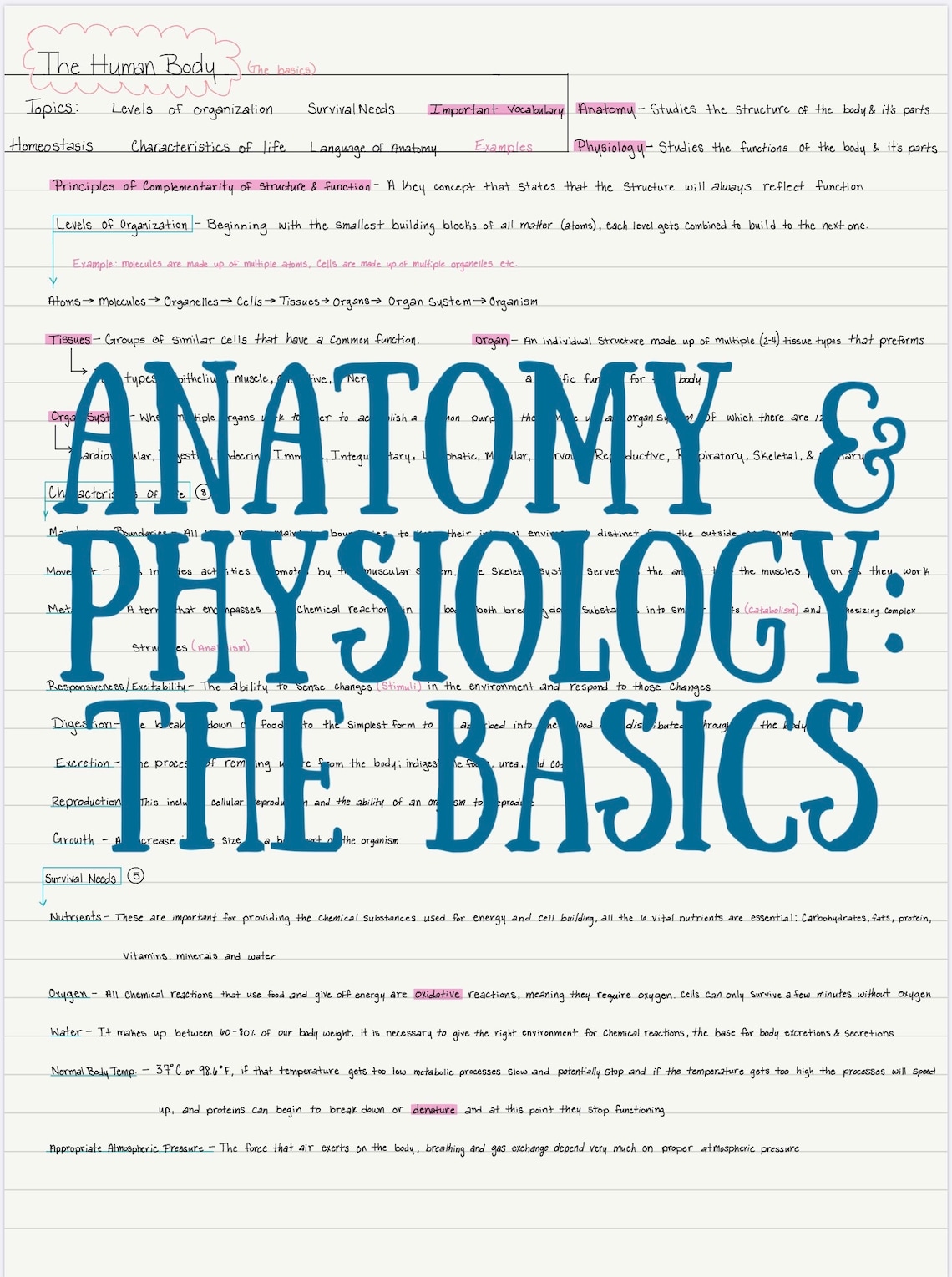
Anatomy & Physiology PDF Notes the Basics Printable Etsy

Principles of Anatomy and Physiology, Chapter 1, Intro to the Human
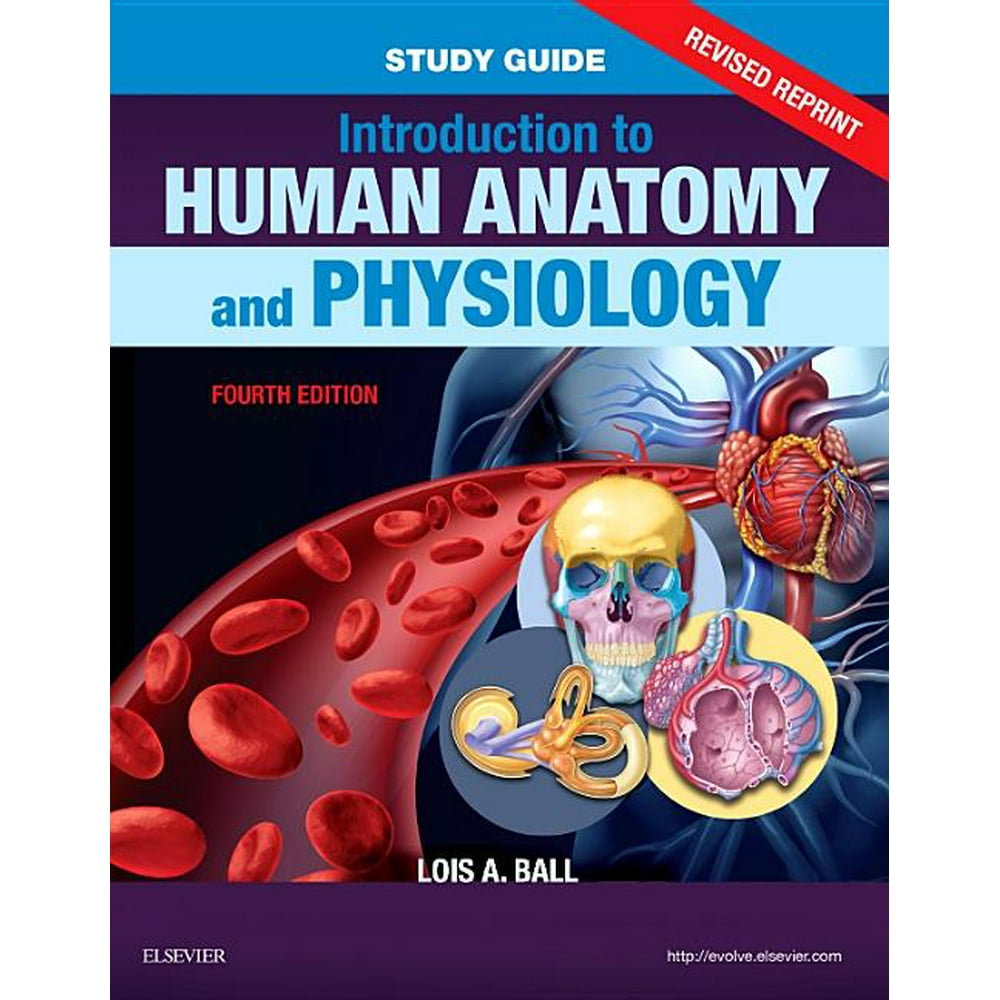
Study Guide for Introduction to Human Anatomy and Physiology Revised
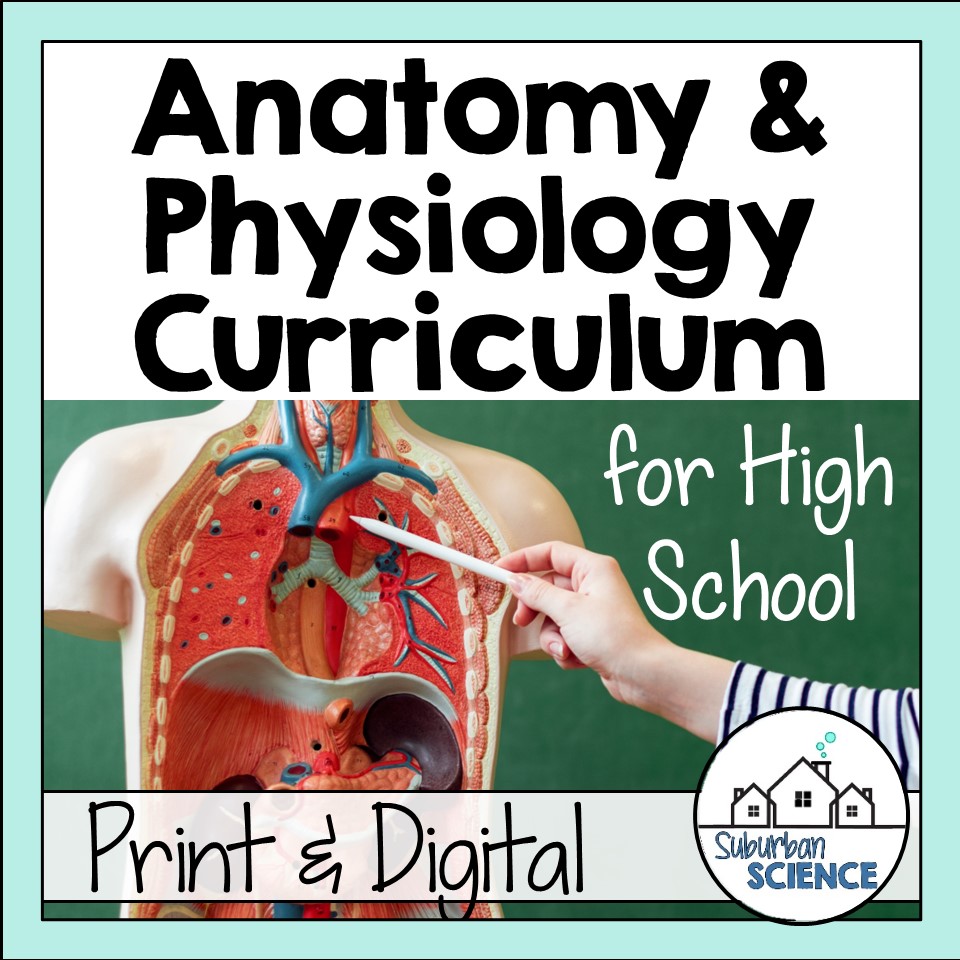
Full Anatomy and Physiology Curriculum Suburban Science
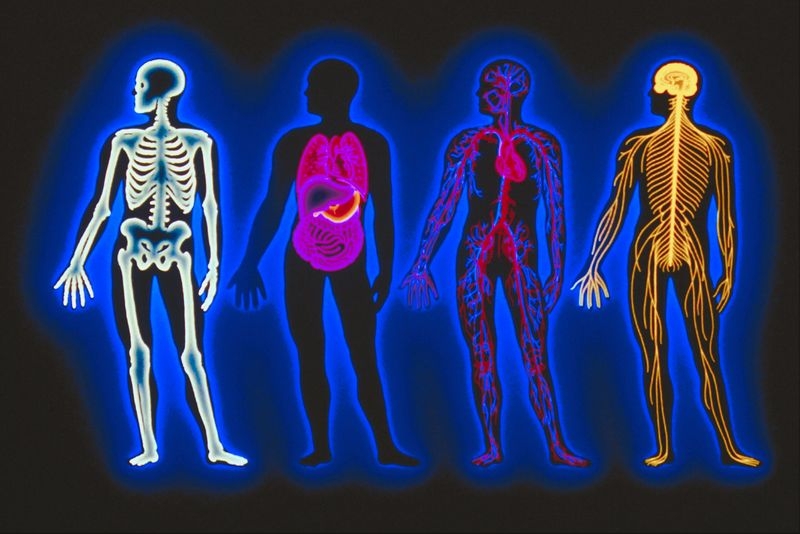
Anatomy & Physiology Course Overview Distance Learning Systems. INC

Anatomy AND Physiology Notes ANATOMY AND PHYSIOLOGY Anatomy Studies
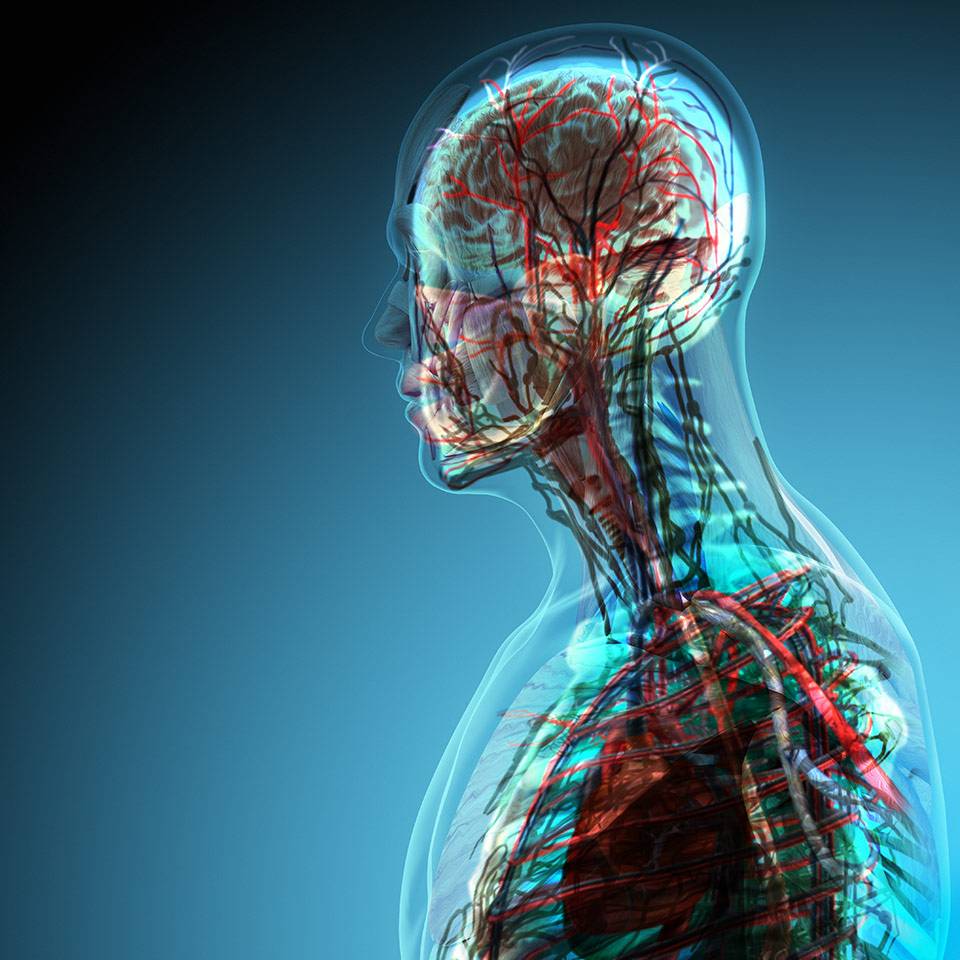
Anatomy and Physiology Course Learn Online
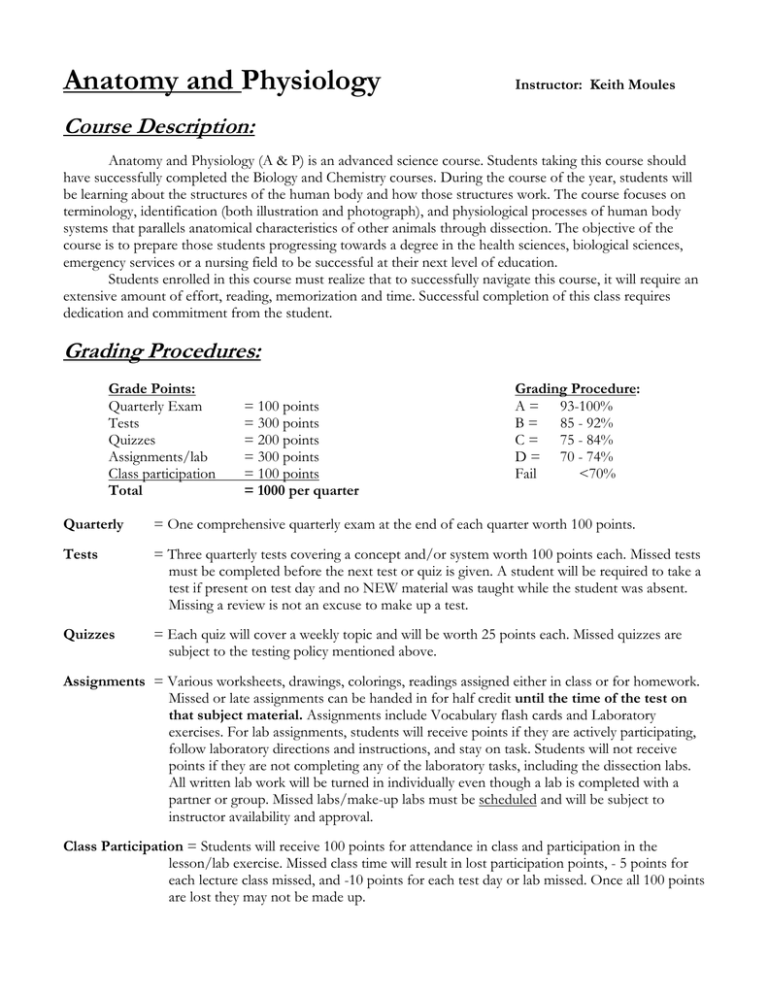
Anatomy & Physiology Course Description
This Course Is A Comprehensive Introductory Overview Of Human Anatomy And Physiology That Includes Basic Fundamental Concepts Of Cell Biology, Tissues And Organs Making Up The Integumentary, Skeletal, Muscular And Nervous Systems.
Web First Of A Two Course Sequence That Offers An In Depth Study Of The Human Body.
Web Description Meets Mntc Goal Area 3.
Web This Course Provides A Continuation Of The Comprehensive Study Of The Anatomy And Physiology Of The Human Body.
Related Post: